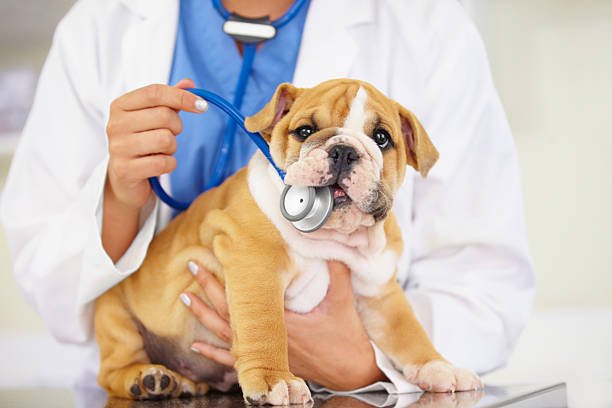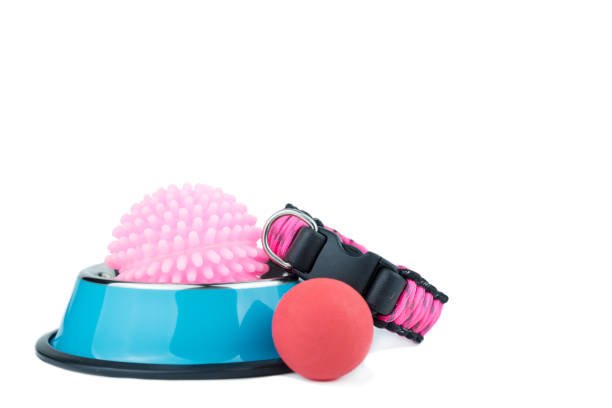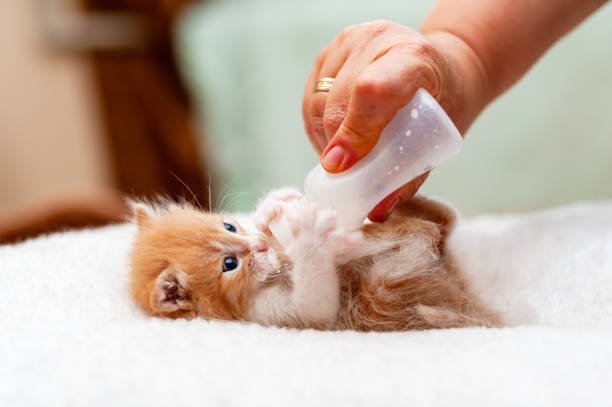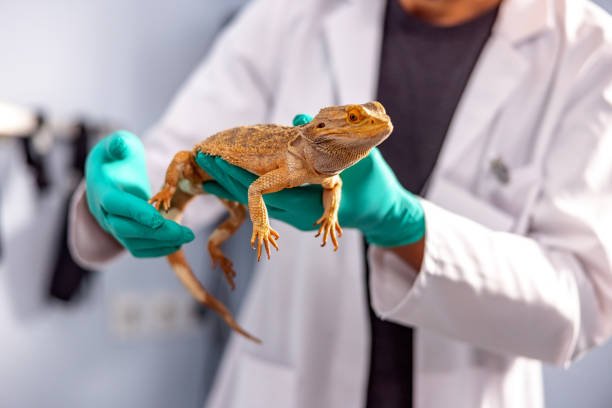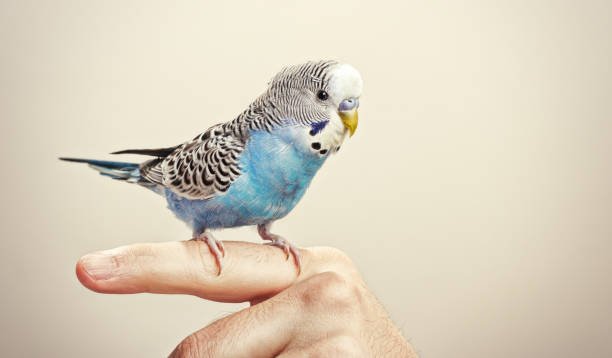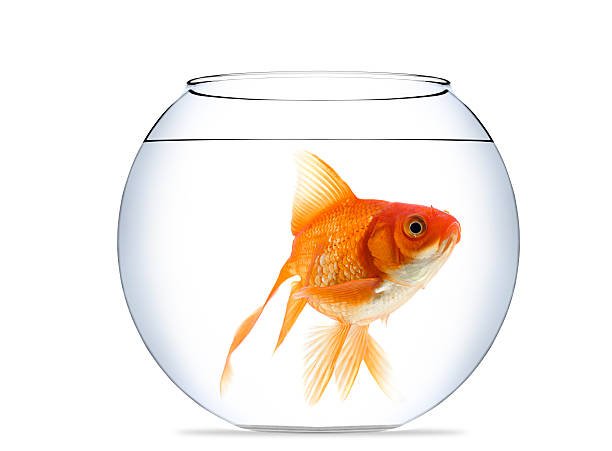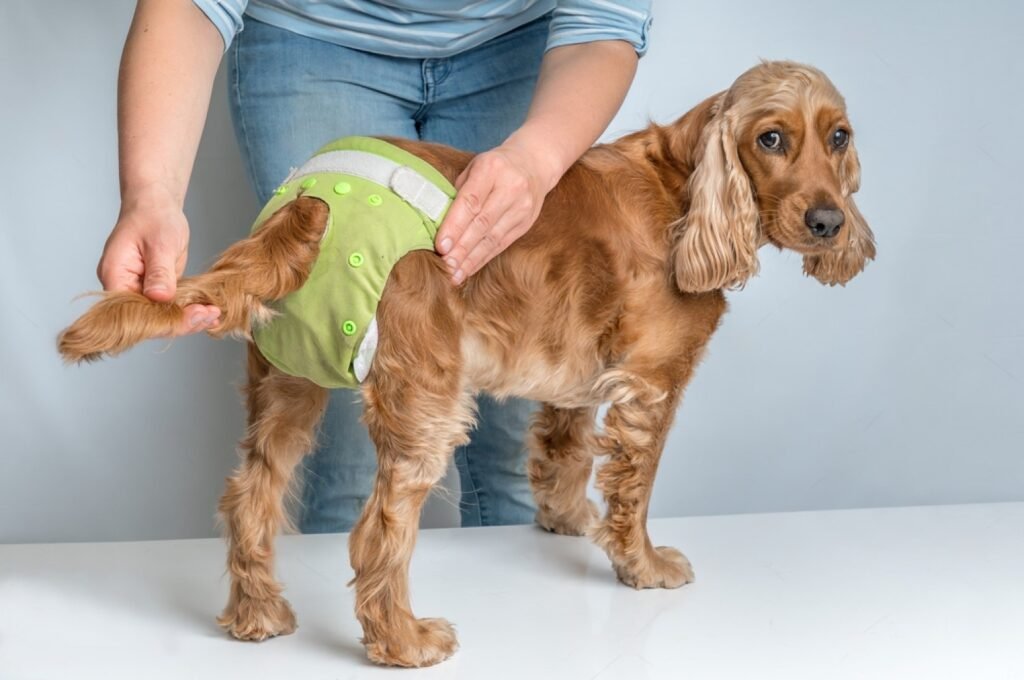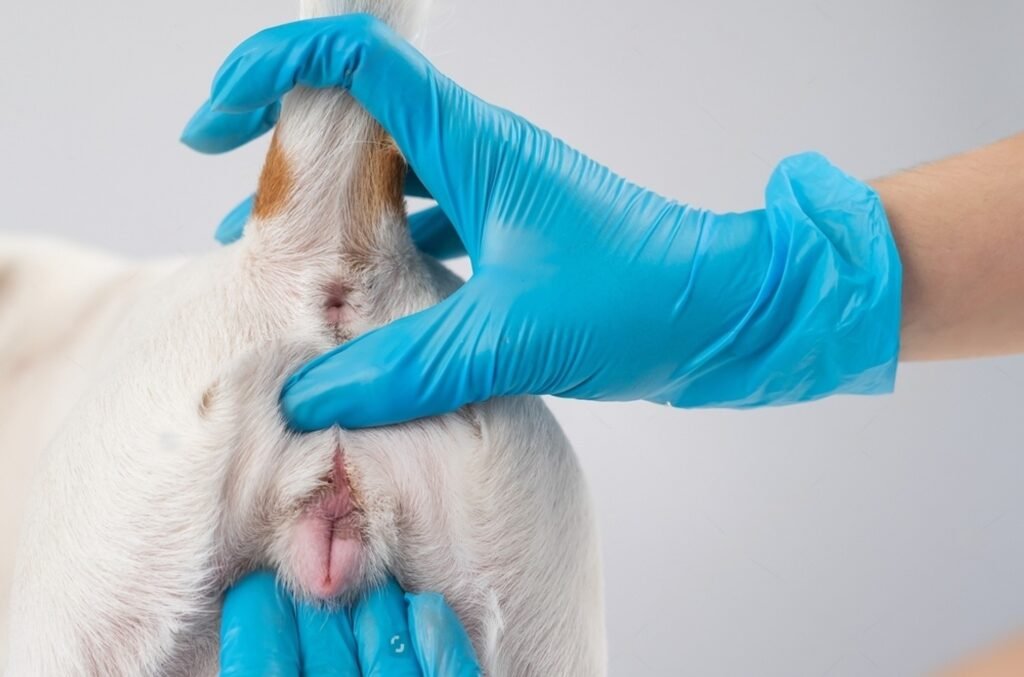
It becomes critical for anyone who has dogs to know their reproductive cycles if you’re a dog owner. Another popular issue, which every owner may have, is, how often do dogs go into heat? Again, it all depends on your dog’s breed, size and age. Understanding how many times your dog will go through such a cycle and what symptoms to expect enables you to guide her behavior, health and also avoid pregnancies that may not have been planned for. In this article, you will learn all the information about how frequently do dogs go into heat and what to do with your dog during this period.
What is the Heat Cycle in Dogs?
The estrous cycle, a biological process, occurs in female dogs to facilitate reproduction. It involves several stages where the dog becomes fertile and ready for mating. The cycle begins with proestrus, where physical changes, such as swelling of the vulva and bloody discharge, occur. This stage usually lasts about 7-10 days. Next is estrus, the fertile period when the dog is most receptive to male dogs. This phase also lasts about 7-10 days, and the discharge may become lighter. Diestrus follows, marking the end of fertility, whether or not the dog has mated, lasting up to 60-90 days. Lastly, anestrus is the resting phase between heat cycles, which can last several months. Signs that a dog is entering heat include swelling of the vulva, bloody discharge, frequent urination, and behavioral changes like increased agitation or affection. These cues help dog owners prepare for the heat cycle and take necessary precautions if needed.

How Frequently Do Dogs Go Into Heat?
Dogs usually come in heat for half a year, however, it may depend on breed, size, age, etc. Small breeds of dogs are known to cycle more often than the large breed dogs, they may cycle as often as every 4 months while others cycle after 8 to 12 months. In certain cases, heat cycles can become irregular or less frequent as a dog gets older, which is common in old dogs. Owners need to be aware of their dogs’ cycle and must bear in mind that although the majority of dogs have a certain cycle, there are instances that are unique to each dog. This knowledge enables the owners to take necessary precautions for care or breeding depending on when the dog will be in heat.
How Long Does a Dog Stay in Heat?
The heat cycle in dogs takes 2 to 4 weeks on average, but it can slightly differ depending on the breeder. The cycle is divided into different stages. Proestrus, the first stage, lasts about 7 to 10 days. At this time there are observable symptoms like swelling of the vulva and bloody discharges, although the dog is not fertile. The second stage is called estrus, where the dog becomes fertile and is capable of being mated. This stage also lasts about 7 to 10 days, and the discharge may become lighter or pinkish. After estrus, diestrus begins. This phase means the dog is no longer fertile. It can last from 10 to 140 days, depending on if the dog is pregnant. Last of all, anestrus is the time between two periods of heat, which lasts, approximately, four to six months. All in all, the heat cycle is not constant but knowing how long each phase lasts is of great importance in dealing with your dog during this period.
What are the signs of a dog going into heat?

When a dog is in heat, there are several common physical and behavioral signs that can help owners identify the cycle. Physically, the most noticeable sign is swelling of the vulva, accompanied by a bloody discharge that may lighten in color as the cycle progresses. Increased urination is also a common sign, as dogs mark territory to signal their fertility. Behaviorally, dogs may show mood changes, becoming more affectionate or, in some cases, more irritable. You may also observe a raised tail position or mounting behavior, as the dog becomes more receptive to males. Additionally, the dog may become restless or seek more attention during this time. Observing these indicators can help guarantee that the proper care and attention are provided during the heat cycle.
How can I avoid my dog from becoming pregnant while she’s in heat?
Preventing your dog from getting pregnant during heat requires careful management and a proactive approach. The most effective and permanent solution is spaying, which involves surgically removing the reproductive organs to eliminate heat cycles altogether. However, if spaying is not an option or if your dog is not yet spayed, close supervision is essential during her heat. Keep your dog indoors as much as possible, especially during the fertile stage of estrus, to avoid encounters with male dogs. When taking her outside, ensure she is on a leash and never left unattended, as male dogs can be highly persistent and even aggressive when they sense a female in heat. Additionally, dog diapers should be considered to manage discharge and further reduce the risk of attracting males. You may also choose to confine your dog in a secure area at home, away from any male dogs, if they share the same space. For extra protection, some owners opt for hormonal treatments prescribed by a vet, which can temporarily suppress the heat cycle, though these are not recommended for long-term use due to potential side effects.
Are there any health risks associated with a dog’s heat cycle?
Yes, there are some health risks associated with a dog’s heat cycle that owners should be aware of. One of the primary concerns is pyometra, a potentially life-threatening uterine infection that can occur during or after the heat cycle, especially in older, unspayed dogs. Pyometra is a serious condition that requires immediate veterinary care and often involves emergency surgery. Another risk is mammary tumors, which are more common in unspayed dogs that have gone through multiple heat cycles. The hormonal fluctuations during the heat cycle can also lead to behavioral stress, causing anxiety, irritability, or restlessness in some dogs. Additionally, the risk of unplanned pregnancies is significant if a female dog in heat is not properly supervised, which can lead to complications during pregnancy or delivery. Finally, the increased attention from male dogs during this period can lead to aggressive encounters, both with other animals and people, as they may attempt to reach the female. Regular veterinary check-ups and proper management of your dog’s heat cycle can help mitigate these risks.
Spaying: A Permanent Solution to Heat Cycles
Spaying is a permanent solution to prevent a dog from going into heat, offering numerous benefits both for the dog’s health and the broader community. By surgically removing the ovaries and uterus, spaying eliminates the heat cycle entirely, which means no more dealing with the symptoms of heat such as bleeding, mood changes, or attracting male dogs. This procedure significantly reduces the risk of serious health issues, such as pyometra, a life-threatening uterine infection, and mammary tumors, which are more common in unspayed dogs. Additionally, spaying helps control the pet population, preventing unwanted litters that contribute to the number of stray or shelter animals.
The timing of spaying is important and should be discussed with a veterinarian. Most vets recommend spaying before the dog reaches sexual maturity, usually between 6 to 12 months of age. Some veterinarians advise waiting until larger dogs are closer to a year old to allow for optimal physical growth before spaying or neutering. The procedure is generally safe, with dogs typically recovering within 10 to 14 days. Post-surgery care includes keeping the incision clean, limiting physical activity, and preventing the dog from licking the area to avoid infection. Proper timing and care ensure a smooth recovery and long-term health benefits for the dog.
In summary
Understanding your dog’s heat cycle is essential for providing proper care and preventing unwanted pregnancies. Most dogs go into heat approximately every 6 months, though the frequency can vary based on breed, size, and age. The cycle typically lasts 2 to 4 weeks, and recognizing the signs—such as swelling, discharge, and behavioral changes—helps in managing your dog’s needs during this period. Preventative measures like close supervision, dog diapers, or spaying can ensure your dog’s safety and comfort. Spaying is the most effective solution to eliminate heat cycles and reduce health risks such as pyometra and mammary tumors, while also helping control the pet population. For personalized advice regarding your dog’s heat cycle, it’s always best to consult with your veterinarian, who can provide guidance tailored to your dog’s specific needs.




